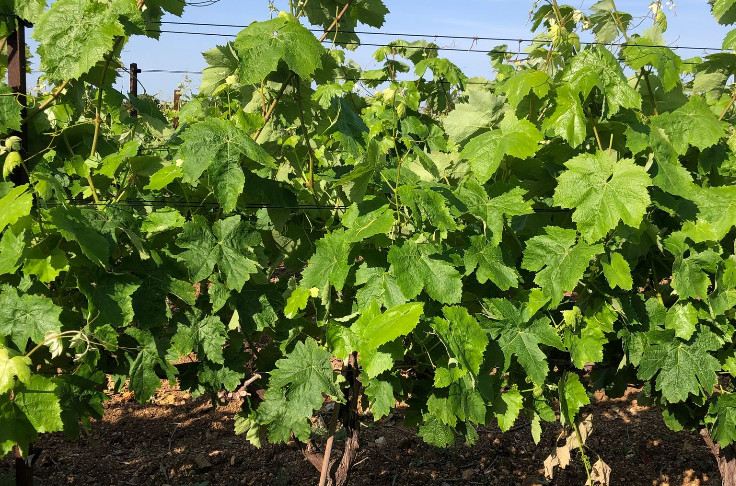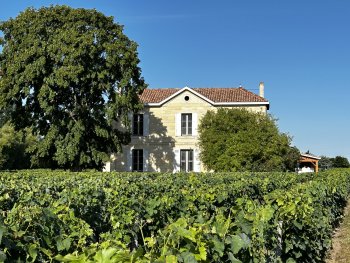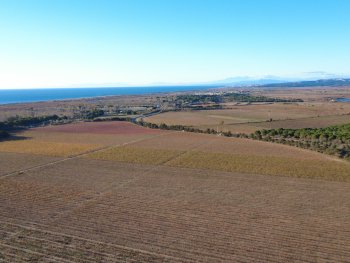“No miracle grape variety” meets all the challenges of climate change

hat are tomorrow’s grape varieties? To answer this question, last year the ICV group in Languedoc started monitoring a dozen grape varieties from different Southern European countries, planted over the last 5 to 10 years by different winegrowers in the region. The varieties are Verdelho, Verdejo, Alvarinho, Xarello, Parellada, Assyrtiko and Malvasia Istriana for the whites, and Aleatico, Touriga Nacional, Nero d’Avola, Primitivo, Agiorgitiko, Montepulciano and Saperavi for the reds. The varieties were planted in five areas – two in Gard and three in HĂ©rault – and small-batch fermentations were carried out by the ICV's experimental winery to identify which of them were able to meet the various issues caused by climate change. These include coping with frost through later budburst and/or the ability to produce fruit in the event of frost due to fertile secondary buds; coping with water stress; adapting to high temperatures; preserving quality potential with reasonable alcohol content, good acidity and colour and protecting aromatic integrity.
Jacques Rousseau, head of the ICV group's vineyard services, summarised the results of this first year of observation: “Among the varieties tested, none ticks all these boxes. There is no miracle variety that meets all these expectations. The varieties have to be chosen depending on your priorities and combined with other adaptations in vineyard management”






